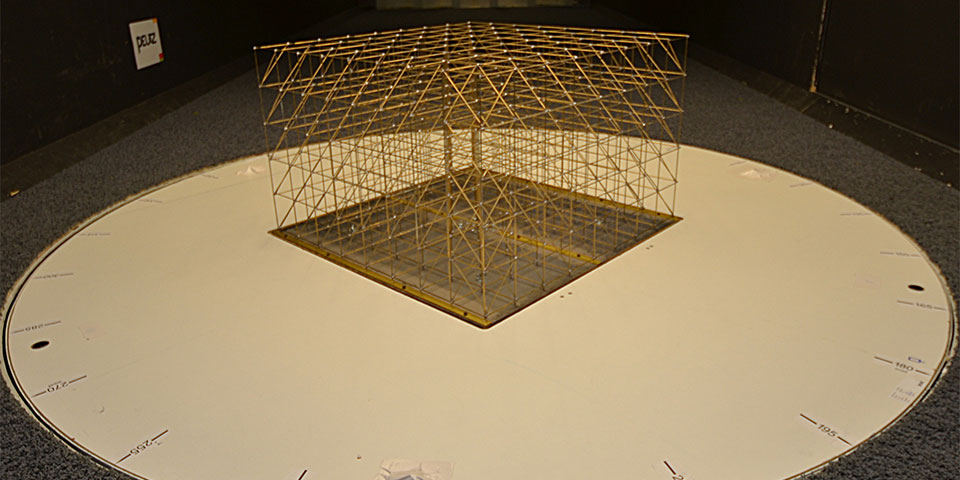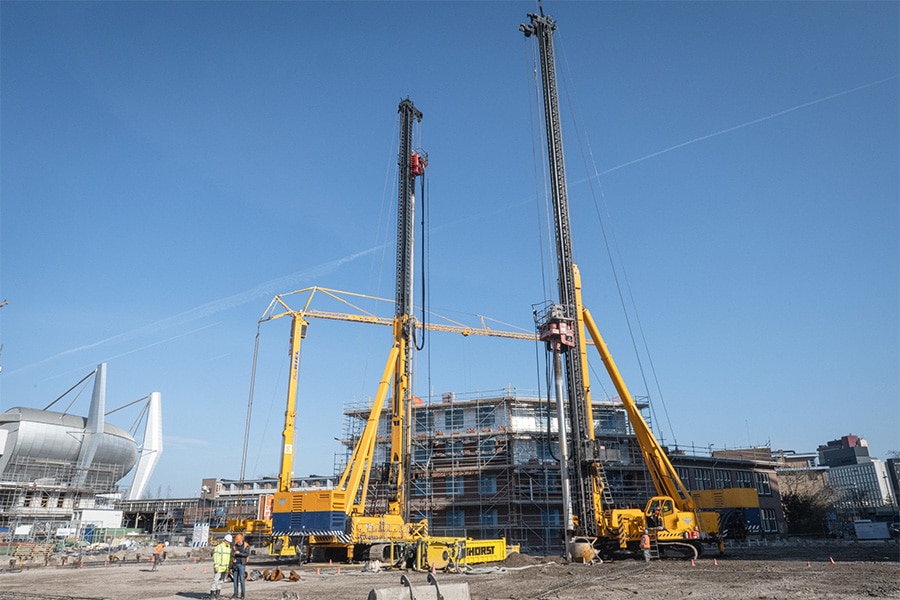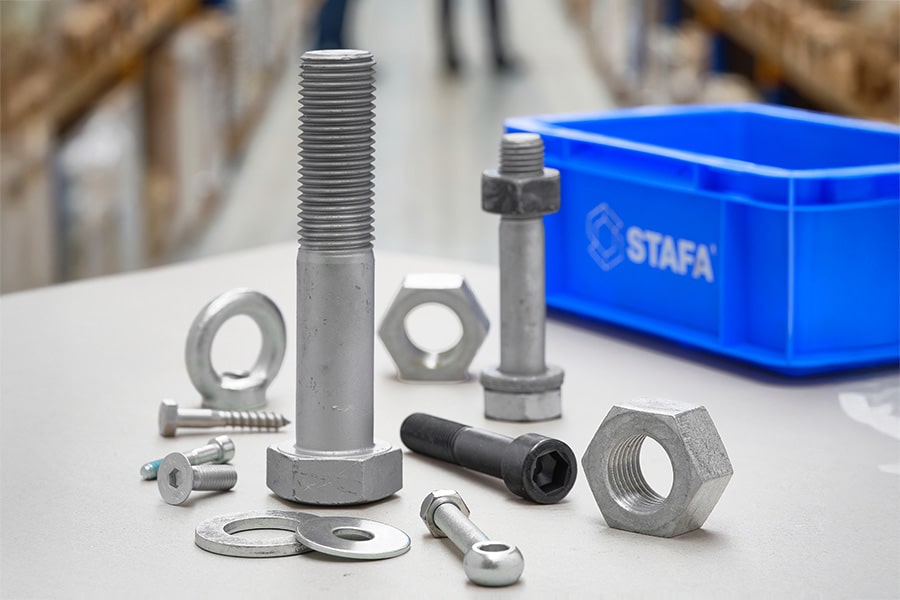
VSB releases practical guideline for determining wind loads on scaffolding
The Scaffolding Companies Section of the Association of Scaffolding, Highwork and Concrete Formwork Companies (VSB) has compiled a practical guideline with calculation methods for determining wind loads on scaffolding. The guideline, which is intended for scaffold design engineers and professionals familiar with standards, provides a uniform calculation method so that the same methodology can be used.
Every day, thousands of people work with, around and on scaffolding. On construction sites, but also in industry, the energy sector and offshore. It goes without saying that safety must come first. During use, but also during (dis)assembly and for the environment. One of the greatest 'enemies' is the wind, which can cause large loads on the structure. This load can even be so great that the scaffolding structure loses its stability and shifts or - in the worst case - falls over.
Wind Load
Occurring loads, such as those from wind, are of even greater concern for scaffolds that are freestanding. This number is increasing; in doing so, customers are increasingly indicating that the scaffold should also be sealed with a covering in the form of netting, tarpaulins or foil. This not only makes working on the scaffold less dependent on weather influences, but also contributes positively to a better environment (less polluting dust particles) and safety around the scaffold. At the same time, however, the effect of wind load increases with the application of cladding.
A mathematical model is used to determine this effect. This calculation model is complex while an unambiguous approach to wind load determination and a consistent calculation methodology are lacking. NEN EN 12811-1 (Scaffolding - Performance requirements and general design) does provide some guidance, but this mainly relates to object scaffolding, while there is a need for a calculation method for all forms of scaffolding structures. This has recently become available.

To develop a uniform calculation methodology for determining wind loads on scaffold structures, wind tunnel tests were conducted on 64 different scaffold structures.
Connection Eurocode
The origin for this dates back to 2012 when the TGB 1990 was replaced by a new set of standards called Eurocode. This European standard for testing the structural safety of all possible building structures describes a higher reliability and thus a higher calculation value for wind loads.
In the same year, the Scaffolding Companies Section of the Association of Scaffolding, Highwork and Concrete Formwork Companies (VSB) initiated research into wind loads on scaffolding structures. The research was to lead to a uniform methodology for determining, applying and testing wind loads on scaffolding structures. To this end, wind tunnel tests were conducted on 64 different scaffolding structures at engineering firm Peutz in Mook in 2015. With the results, the special Wind Working Group set to work to convert the results and findings of the wind tunnel tests into a practical tool for unambiguously determining wind loads on scaffolding structures for the industry. In certain situations, this new calculation method produces lower wind loads on the scaffold structure calculation model compared to the current approach.
Practical handle
In compiling the handle an attempt has been made to connect to Eurocode and then in particular to NEN EN 1991-1-4 (Loads on structures - Part 1-4: General loads - Wind load). Especially where the Eurocode does not give a definite answer about the scaffolding construction form, the handle offers a solution. The structure and set-up have been chosen in such a way that it corresponds to the Dutch national annex. The practical calculation methods are also provided with extra explanation and figures.
This ANNEX for determination of wind loads on scaffold structures is specifically intended for scaffold design engineers and other professionals familiar with the use of standards. The guideline will soon be available to order from the VSB Secretariat and will be supported by online webinars organized through the VSB Secretariat.



